Deep Learning with R
Generative Adversarial Networks, Autoencoders
Mikhail Dozmorov
Virginia Commonwealth University
2020-06-12
Generative adversarial networks (GANs)
The most important [recent development], in my opinion, is adversarial training (also called GAN for Generative Adversarial Networks). This is an idea that was originally proposed by Ian Goodfellow when he was a student with Yoshua Bengio at the University of Montreal (he since moved to Google Brain and recently to OpenAI).
This, and the variations that are now being proposed, is the most interesting idea in the last 10 years in ML, in my opinion.
Yann LeCun
https://danieltakeshi.github.io/2017/03/05/understanding-generative-adversarial-networks/
Generative adversarial networks (GANs)
Unsupervised learning models that aim to generate data points that are indistinguishable from the observed ones
Aim to learn the data-generating process
GANs were proposed as a radically different approach to generative modeling that involves two neural networks, a discriminator and a generator network
They are trained jointly, whereby the generator aims to generate realistic data points, and the discriminator classifies whether a given sample is real or generated by the generator
Goodfellow, Ian J., Jean Pouget-Abadie, Mehdi Mirza, Bing Xu, David Warde-Farley, Sherjil Ozair, Aaron Courville, and Yoshua Bengio. “Generative Adversarial Networks” ArXiv, 2014
Generative adversarial networks (GANs)

https://www.analyticsvidhya.com/blog/2020/01/generative-models-gans-computer-vision/
Generative adversarial networks (GANs)
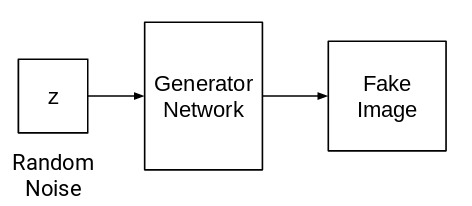
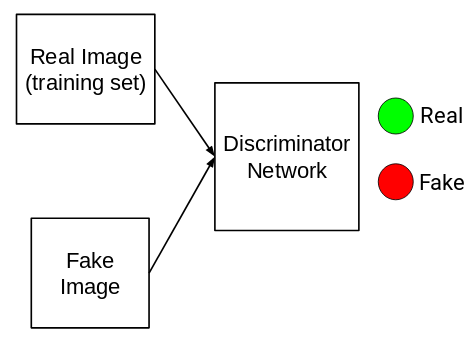
We train the model, calculate the loss function at the end of the discriminator network and backpropagate the loss into both discriminator and generator models
https://www.analyticsvidhya.com/blog/2020/01/generative-models-gans-computer-vision/
Applications of GANs
GANs for Image Editing
Using GANs for Security
Generating Data using GANs (music, text, speech, etc.)
GANs for Attention Prediction
GANs for 3D Object Generation
https://www.analyticsvidhya.com/blog/2019/04/top-5-interesting-applications-gans-deep-learning/
Style transfer
Style transfer consists of creating a new image that preserves the contents of a target image while also capturing the style of a reference image
Content can be captured by the high-level activations of a convnet
Style can be captured by the internal correlations of the activations of different layers of a convnet
Chapter 8.3
CycleGAN: domain transformation
CycleGAN learns transformation across domains with unpaired data
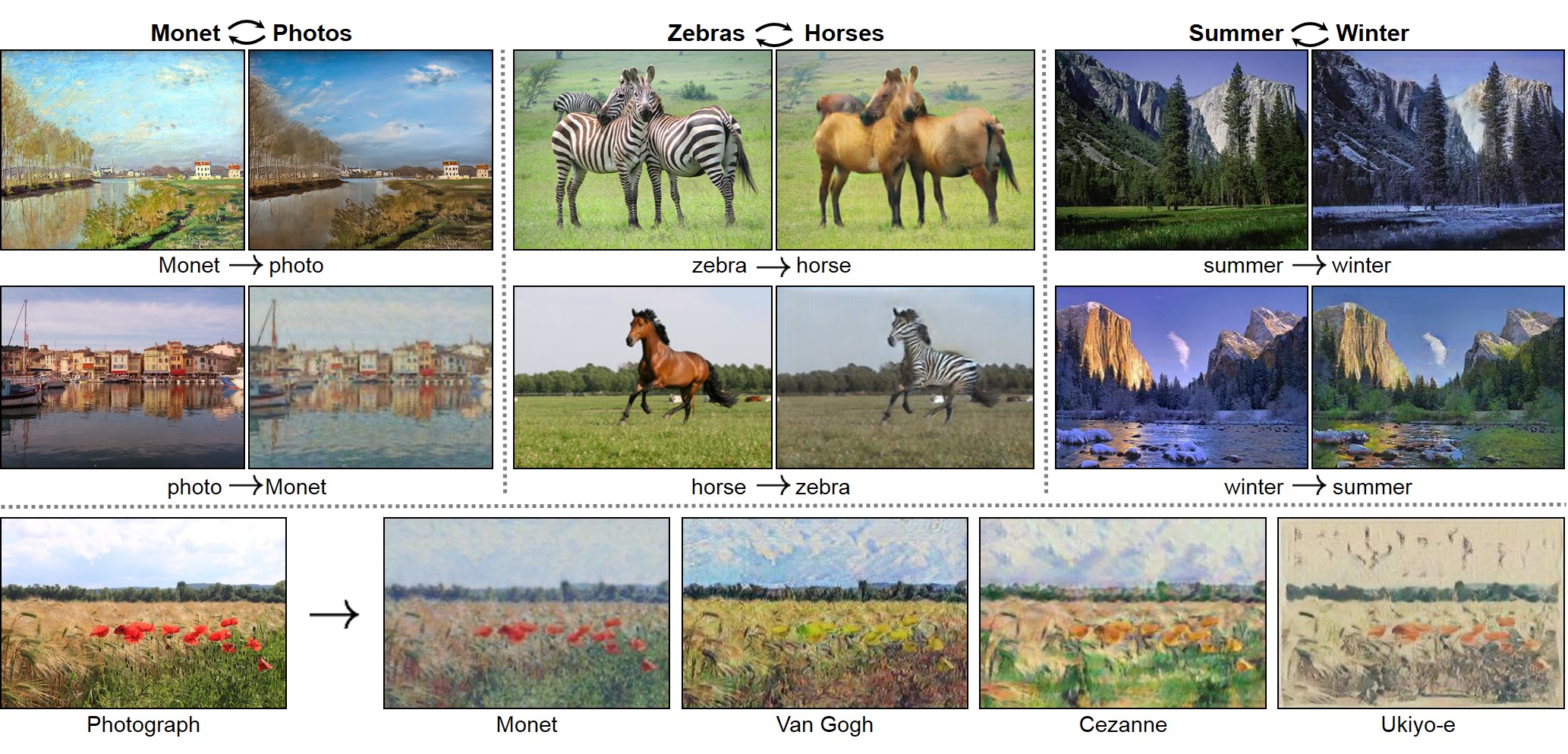
https://junyanz.github.io/CycleGAN/
Autoencoders
Autoencoder is an unsupervised neural network trained to reconstruct the input. Automatically encoding data
One or more bottleneck layers have lower dimensionality than the input, which leads to compression of data and forces the autoencoder to extract useful features and omit unimportant features in the reconstruction
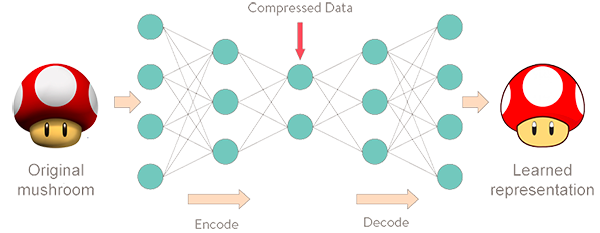
https://www.pyimagesearch.com/2020/02/17/autoencoders-with-keras-tensorflow-and-deep-learning/
Autoencoders
Autoencoders learn a compressed representation of the input data by reconstructing it on the output of the network
Goal: capture the structure of the data x (i.e., intrinsic relationships between the data variables) in a low-dimensional latent space z, and allows for more accurate downstream analyses
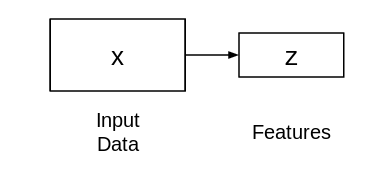
Autoencoder
Generally, an autoencoder consists of two networks, an encoder and a decoder, which broadly perform the following tasks:
- Encoder: Maps the high dimensional input data into a latent variable embedding which has lower dimensions than the input.
- Decoder: Attempts to reconstruct the input data from the embedding.
Areas of application:
- Dimensionality reduction
- Data denoising
- Compression and data generation
Basic autoencoder network

This network is trained in such a way that the features ( z ) can be used to reconstruct the original input data ( x ). If the output ( ^X ) is different from the input ( x ), the loss penalizes it and helps to reconstruct the input data
How autoencoder learns
- Image denoising problem - removing noise from images
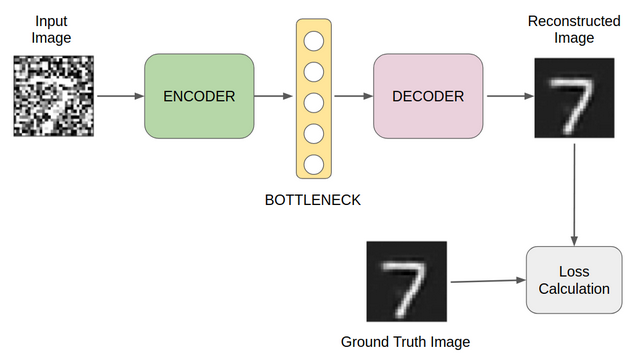
https://www.analyticsvidhya.com/blog/2020/02/what-is-autoencoder-enhance-image-resolution/
Autoencoder calculations
The model contains an encoder function f(.) parameterised by θ and a decoder function g(.) parameterised by ϕ. The lower dimensional embedding learned for an input x in the bottleneck layer is h=fθ(x) and the reconstructed input is x′=gϕ(fθ(x)).
The parameters θ,ϕ are learned together to output a reconstructed data sample that is ideally the same as the original input x′≈gϕ(fθ(x))
There are various metrics used to quantify the error between the input and output such as cross-entropy (CE) or simpler metrics such as mean squared error: LAE(θ,ϕ)=1n∑ni=0(xi−gϕ(fθ(xi))2
Autoencoder variants
The main challenge when designing an autoencoder is its sensitivity to the input data. While an autoencoder should learn a representation that embeds the key data traits as accurately as possible, it should also be able to encode traits which generalize beyond the original training set and capture similar characteristics in other data sets
Thus, several variants have been proposed since autoencoders were first introduced. These variants mainly aim to address shortcomings such as improved generalization, disentanglement and modification to sequence input models. Some significant examples include the Denoising Autoencoder (DAE), Sparse Autoencoder (SAE), and more recently the Variational Autoencoder (VAE)
Vincent et al., 2008, Extracting and Composing Robust Features with Denoising Autoencoders
Variational Autoencoder
- VAEs are autoencoders with additional distribution assumptions that enable them to generate new random samples
- A VAE, instead of compressing its input image into a fixed code in the latent space, turns the image into the parameters of a statistical distribution: a mean and a variance
- The assumption is that the input image has been generated by a statistical process, and that the randomness of this process should be taken into account during encoding and decoding

https://www.analyticsvidhya.com/blog/2020/01/generative-models-gans-computer-vision/
Variational Autoencoder
The VAE then uses the mean and variance parameters to randomly sample one element of the distribution and decodes that element back to the original input
The parameters of a VAE are trained via two loss functions: a reconstruction loss that forces the decoded samples to match the initial inputs, and a regularization loss that helps learn well-formed latent spaces and reduce overfitting to the training data
Image generation
The key idea of image generation is to learn latent spaces that capture statistical information about a dataset of images
The module capable of realizing this mapping, taking as input a latent point and outputting an image (a grid of pixels), is called a generator (in the case of GANs) or a decoder (in the case of VAEs)
Once such a latent space has been developed, you can sample points from it, either deliberately or at random, and, by mapping them to image space, generate images that have never been seen before
GAN applications
StyleGAN2 is a state-of-the-art network in generating realistic images. Besides, it was explicitly trained to have disentangled directions in latent space, which allows efficient image manipulation by varying latent factors

Viazovetskyi Y. et al., 2020, "StyleGAN2 Distillation for Feed-forward Image Manipulation", arXiv:2003.03581б https://github.com/EvgenyKashin/stylegan2-distillation
Fake celebrity faces, https://medium.com/datadriveninvestor/artificial-intelligence-gans-can-create-fake-celebrity-faces-44fe80d419f7
LSTMs as generative networks
LSTMs trained on collections of text can be run to generate text - predict the next token(s) given previous tokens
Language model, can be the word- or character-based
Can be done for handwriting generation, music, speech generation
ConvNets as generative networks
ConvNets trained on collections of images can be run in reverse to generate images based on the representation learned by the network
Visual representation model, DeepDream
Can be done for speech, music, and more